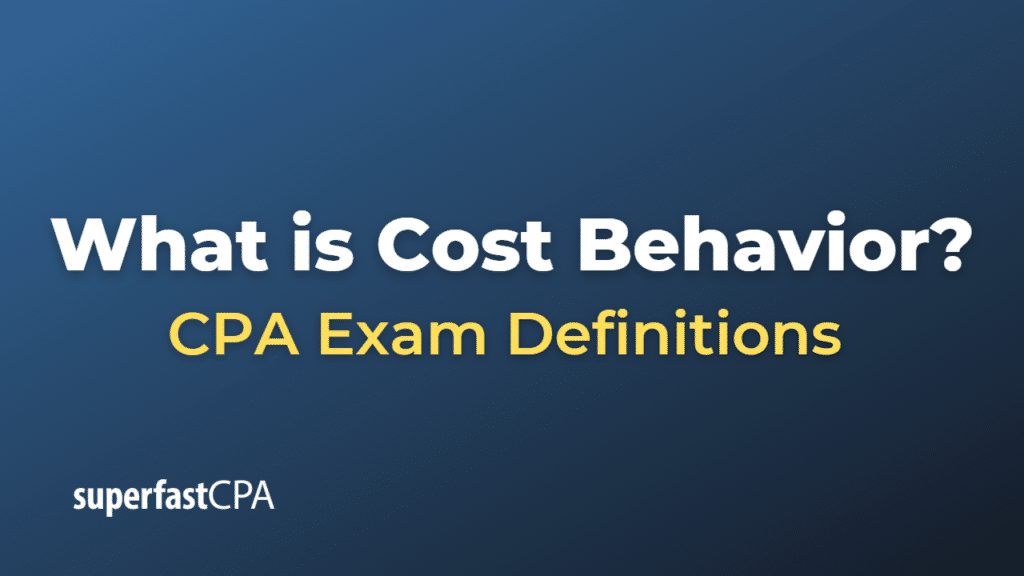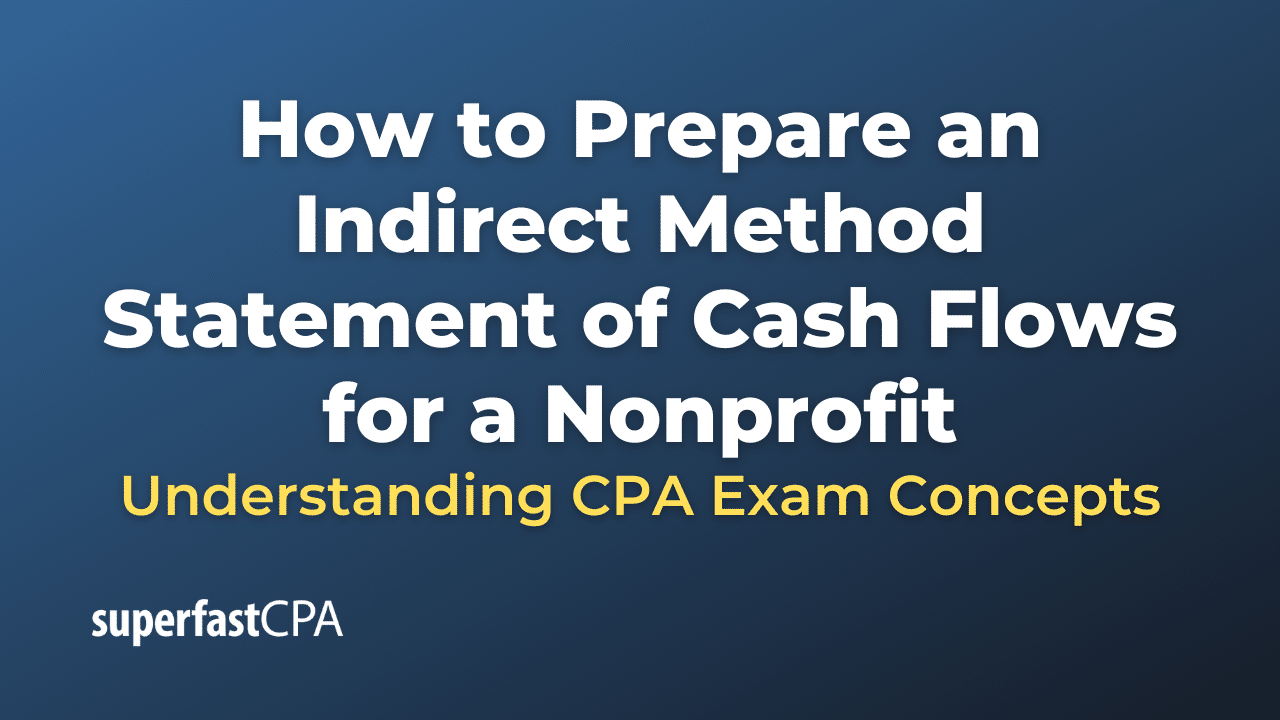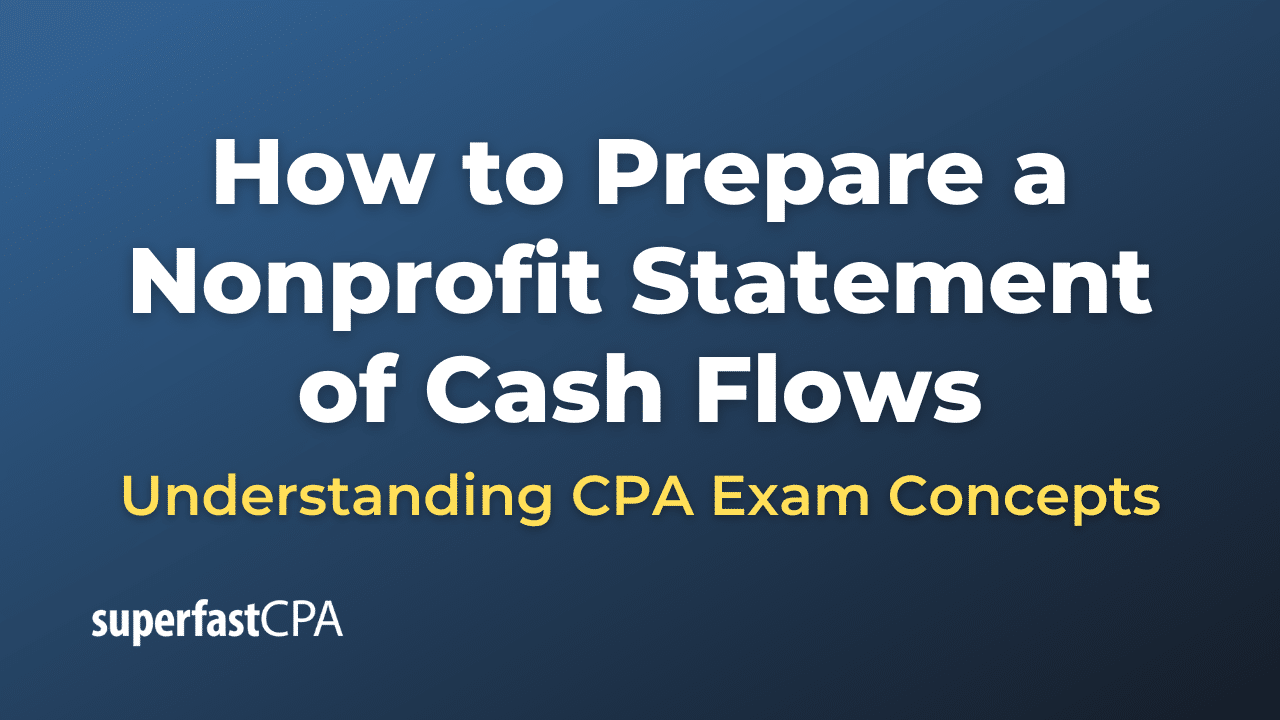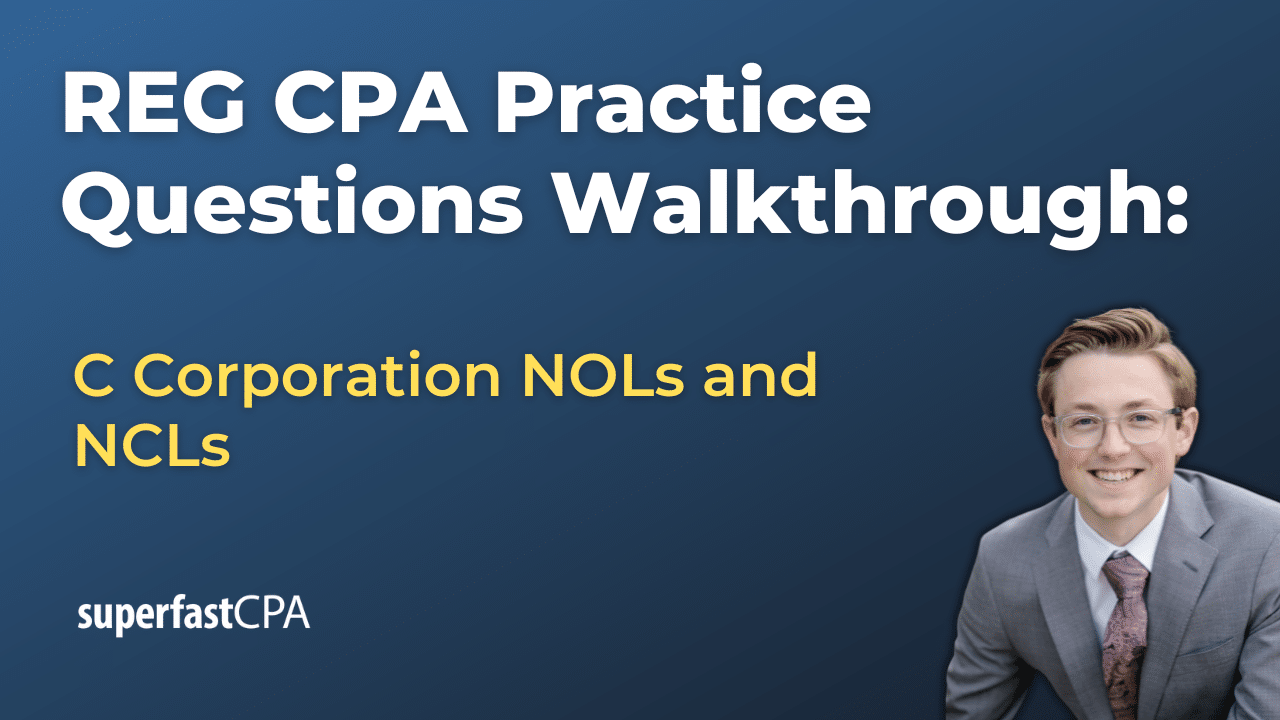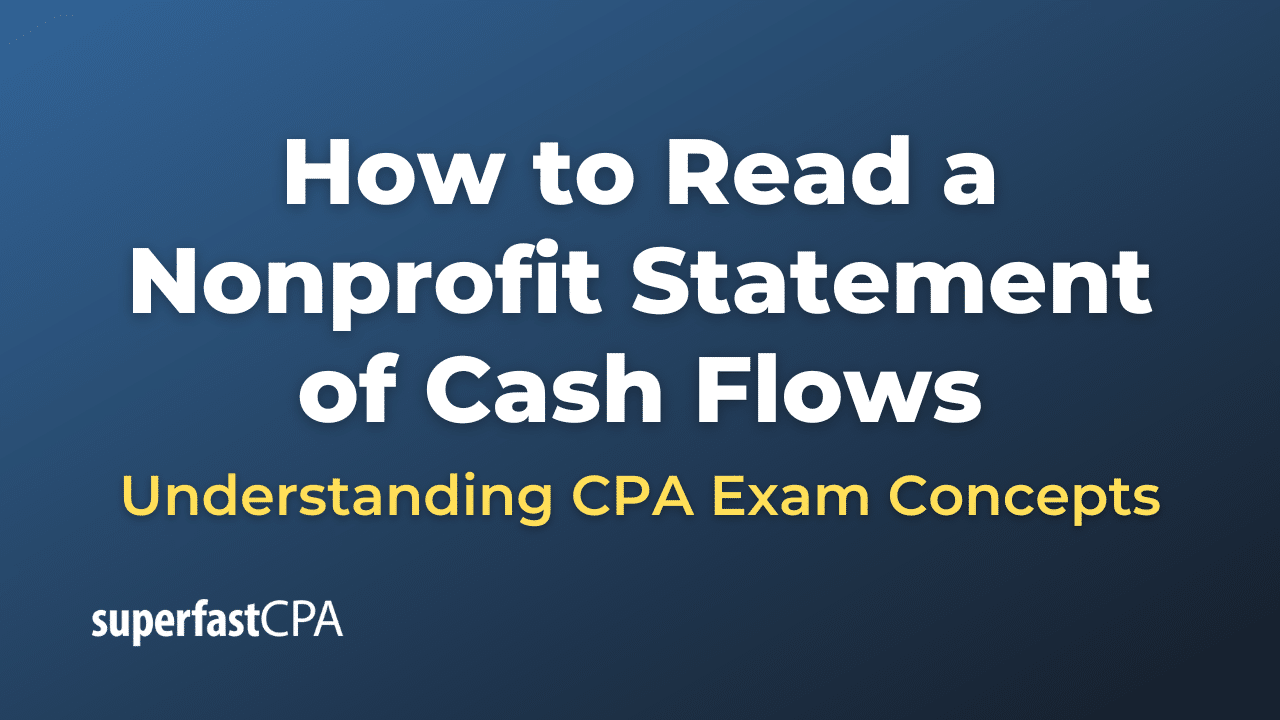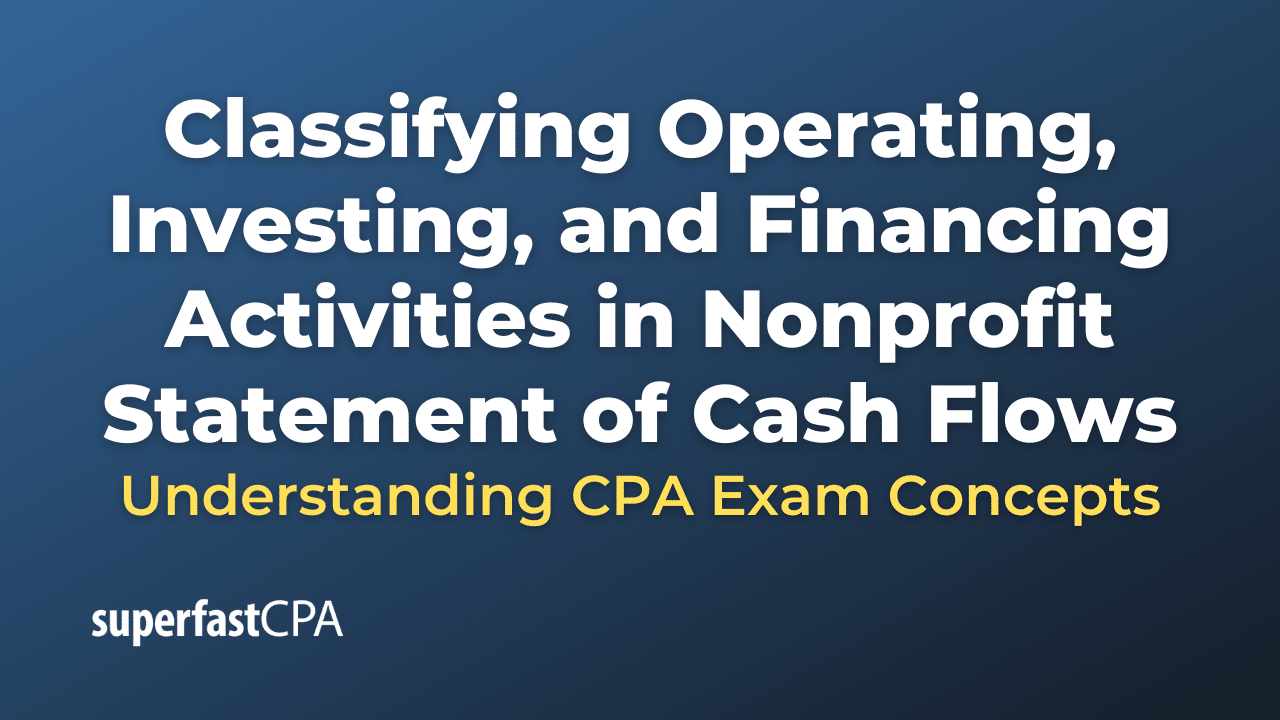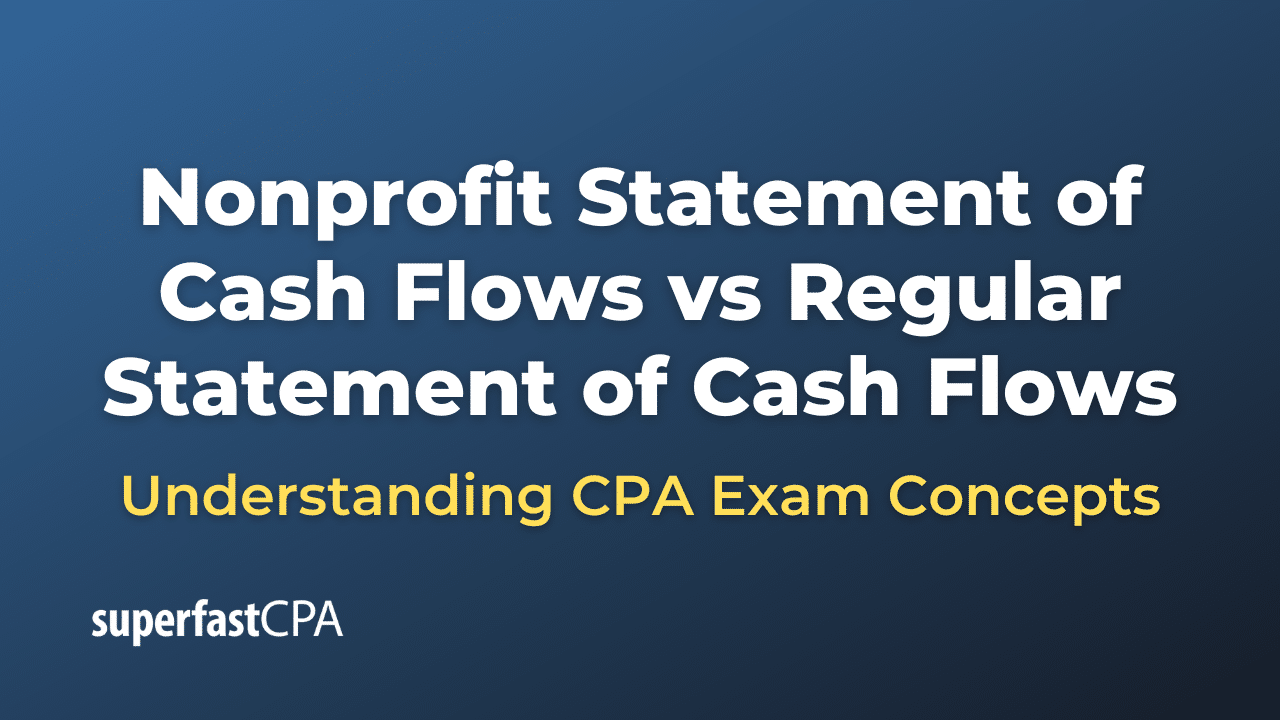Cost Behavior
Cost behavior refers to the way costs change in response to changes in a company’s level of activity or production volume. Understanding cost behavior is essential for effective cost management, budgeting, decision-making, and financial analysis. In management accounting and cost accounting, costs are typically classified into three categories based on their behavior:
- Fixed costs: These are costs that remain constant, regardless of the level of production or activity within a relevant range. Fixed costs do not change with fluctuations in output levels in the short term. Examples of fixed costs include rent, insurance, salaries of administrative staff, and depreciation of equipment or buildings. Fixed costs are incurred even if the production level is zero.
- Variable costs: These are costs that change in direct proportion to changes in the level of production or activity. As production volume increases, variable costs increase; conversely, as production volume decreases, variable costs decrease. Examples of variable costs include direct materials, direct labor, and production supplies. The total variable cost depends on the number of units produced, while the cost per unit remains constant.
- Mixed costs (semi-variable costs): These are costs that have both fixed and variable components. The fixed component remains constant, while the variable component changes with the level of production or activity. Examples of mixed costs include utility bills (where there is a fixed monthly charge plus a variable charge based on usage) and sales commissions (where there is a base salary plus a commission based on the sales volume).
Understanding cost behavior helps companies make better decisions about pricing, resource allocation, cost control, and performance evaluation. It also aids in forecasting future costs and developing budgets based on anticipated production levels.
Example of Cost Behavior
Let’s consider a fictional company called “TechGadget” that manufactures and sells electronic devices. TechGadget incurs various costs in its production process, and these costs exhibit different behaviors based on the production volume.
Let’s examine the costs for producing 1,000 units and 2,000 units:
- Fixed costs:
- Rent for the production facility: $10,000 per month
- Salaries of administrative staff: $5,000 per month
- Depreciation of equipment: $3,000 per month
Regardless of the production volume, these fixed costs remain constant. Thus, the total fixed costs for both 1,000 and 2,000 units produced would be:
Total Fixed Costs = $10,000 + $5,000 + $3,000 = $18,000
- Variable costs:
- Direct materials: $15 per unit
- Direct labor: $10 per unit
These variable costs change in direct proportion to the production volume. The total variable costs for each production level would be:
a. For 1,000 units:
Total Variable Costs = ($15 + $10) × 1,000 = $25 × 1,000 = $25,000
b. For 2,000 units:
Total Variable Costs = ($15 + $10) × 2,000 = $25 × 2,000 = $50,000
Now, let’s calculate the total costs for each production level:
a. For 1,000 units:
Total Costs = Total Fixed Costs + Total Variable Costs = $18,000 + $25,000 = $43,000
b. For 2,000 units:
Total Costs = Total Fixed Costs + Total Variable Costs = $18,000 + $50,000 = $68,000
Understanding the cost behavior helps TechGadget make better decisions about production levels, pricing, and resource allocation. For example, the company can determine the break-even point (where total costs equal total revenues) or calculate the contribution margin (sales revenue minus variable costs) to analyze the profitability of different products or production levels.

